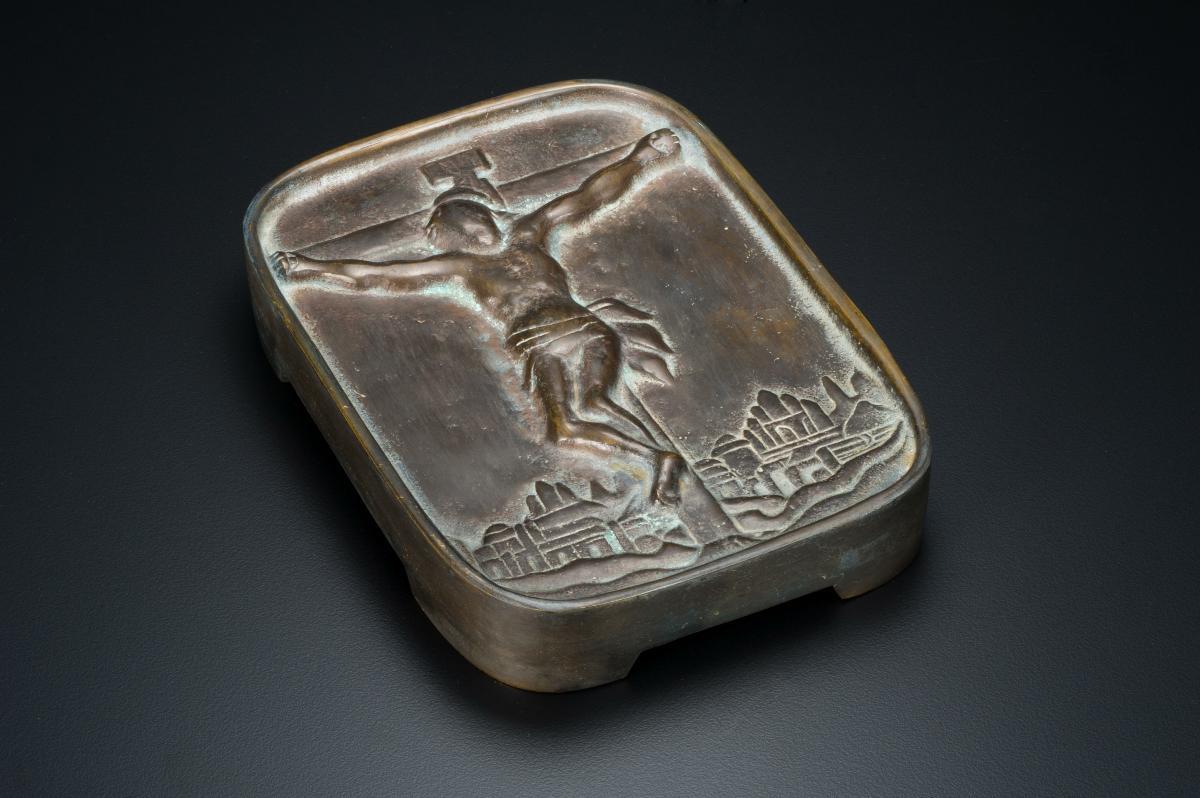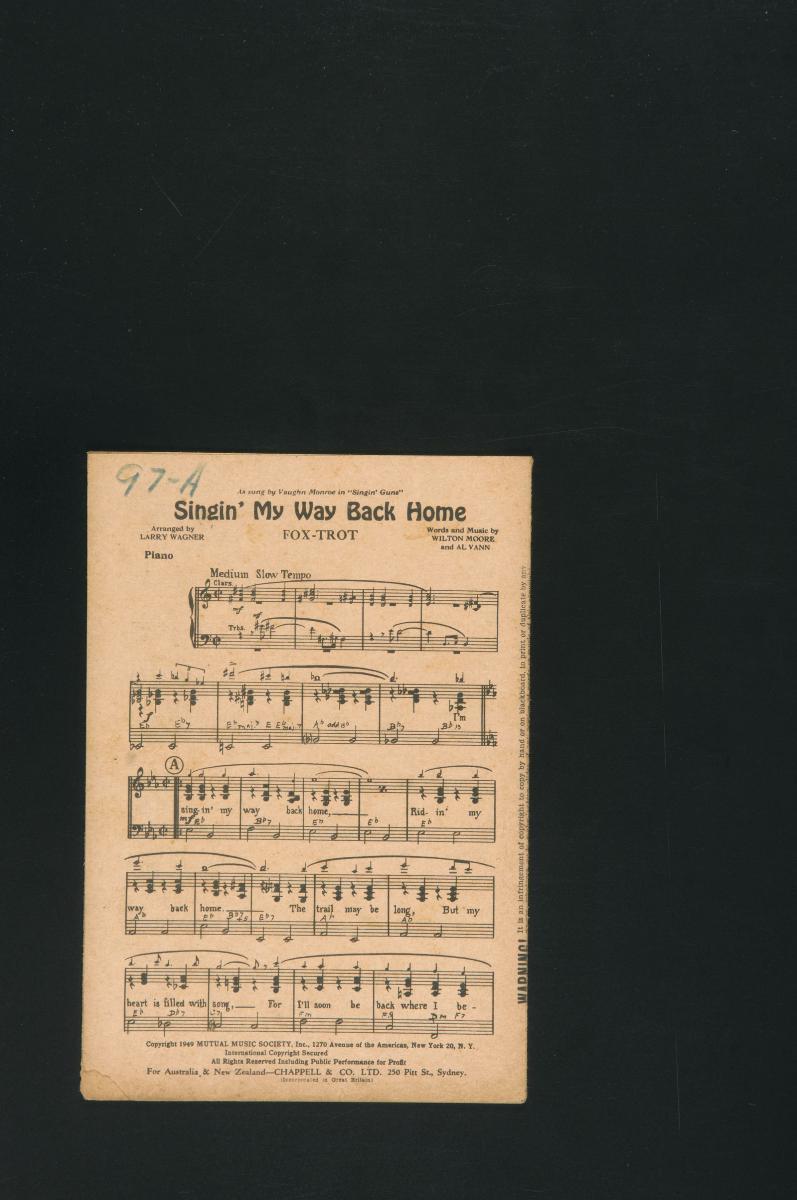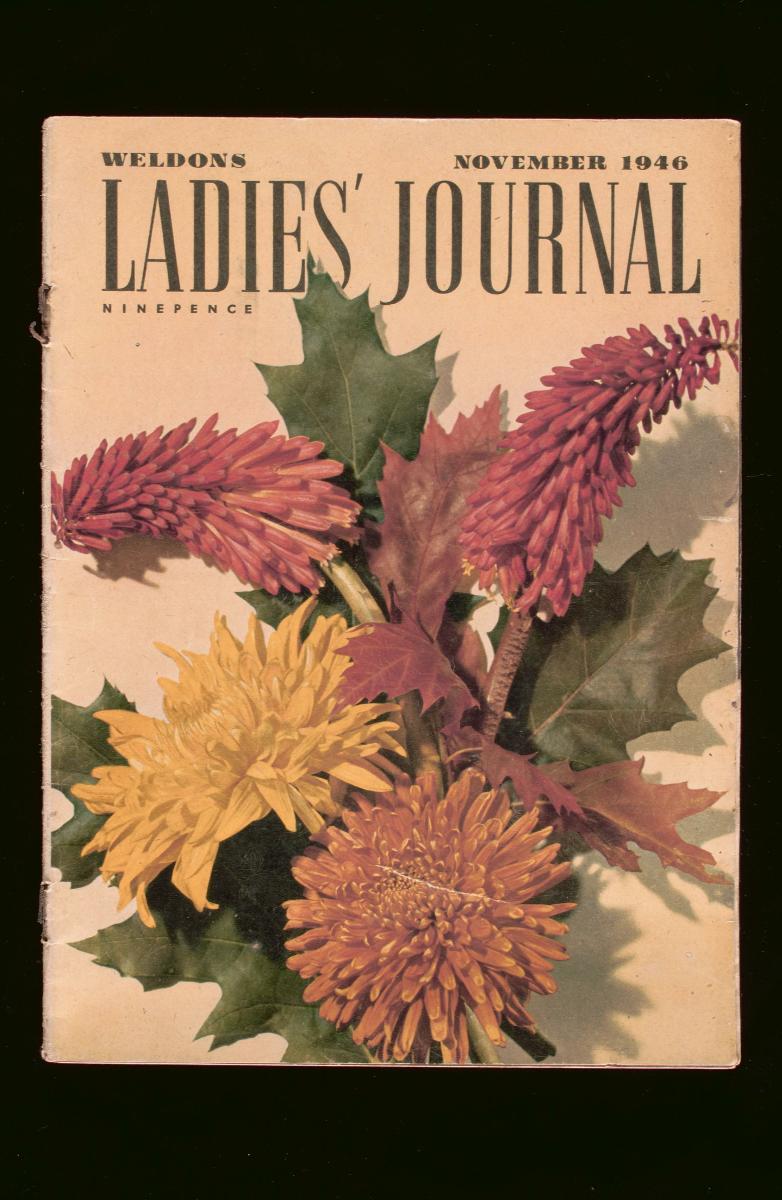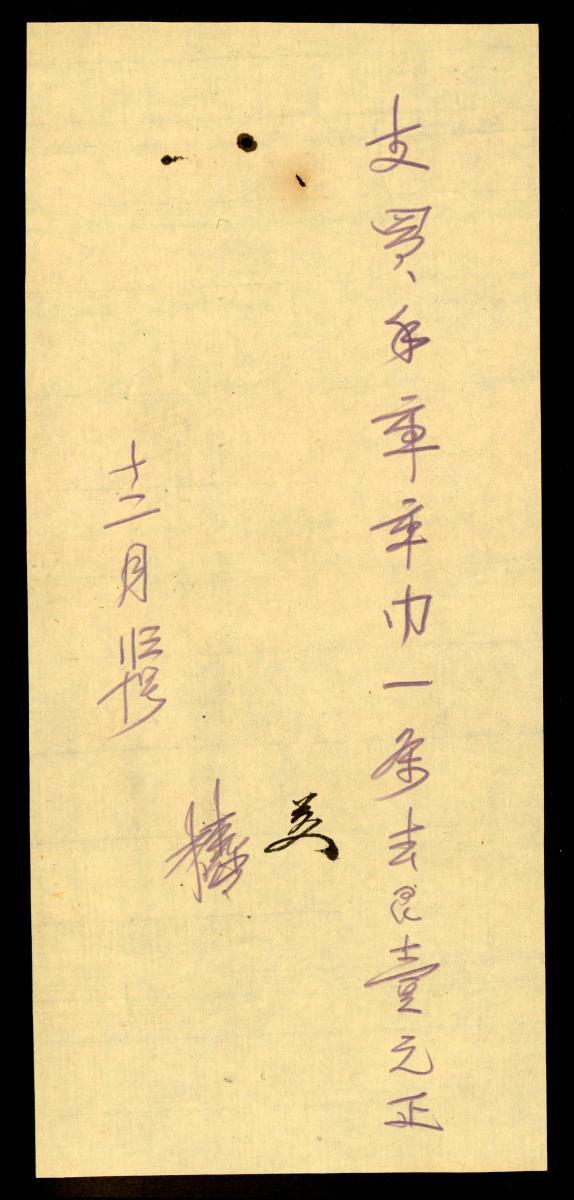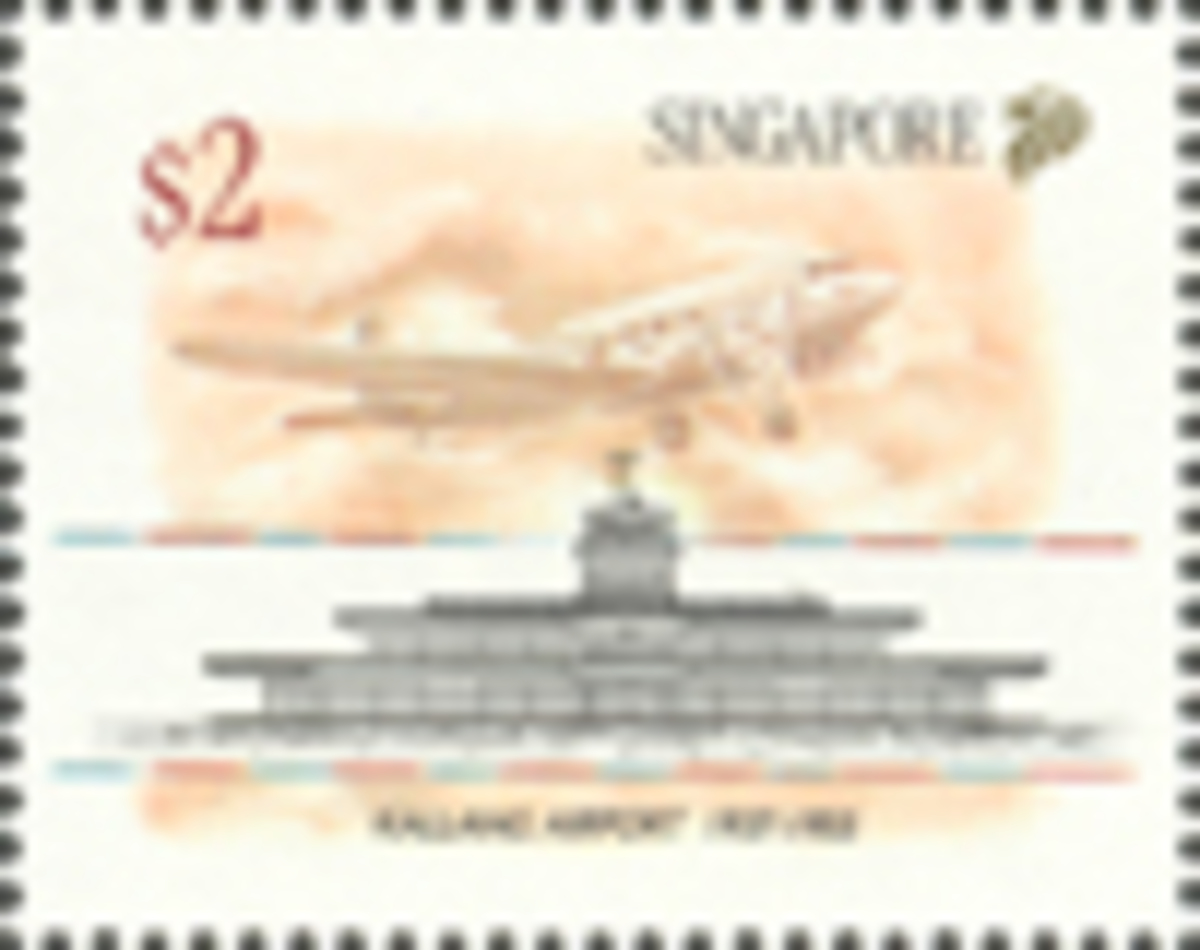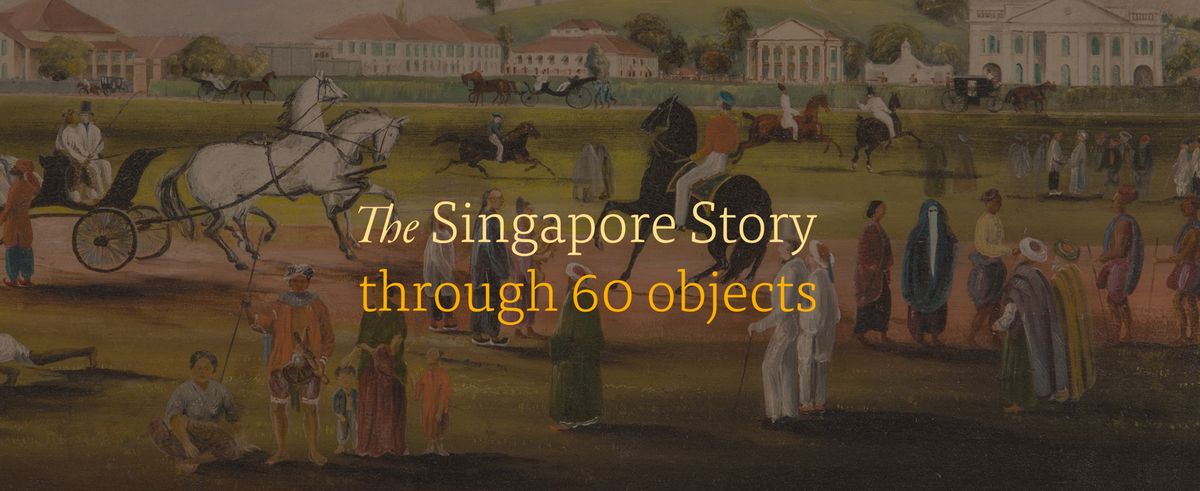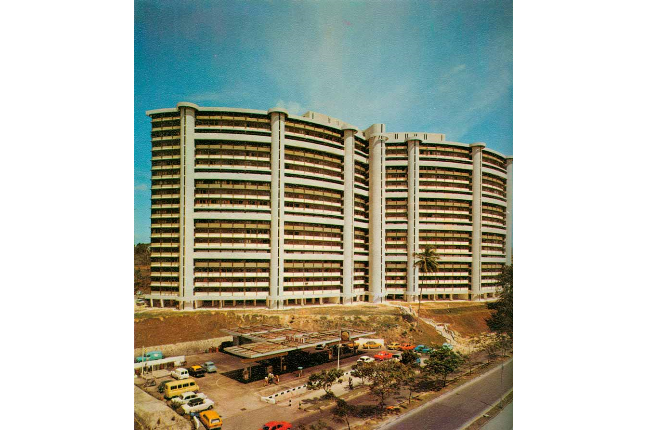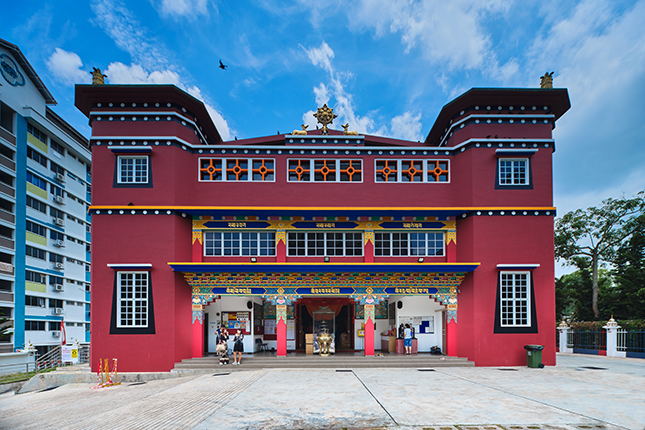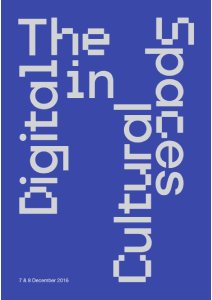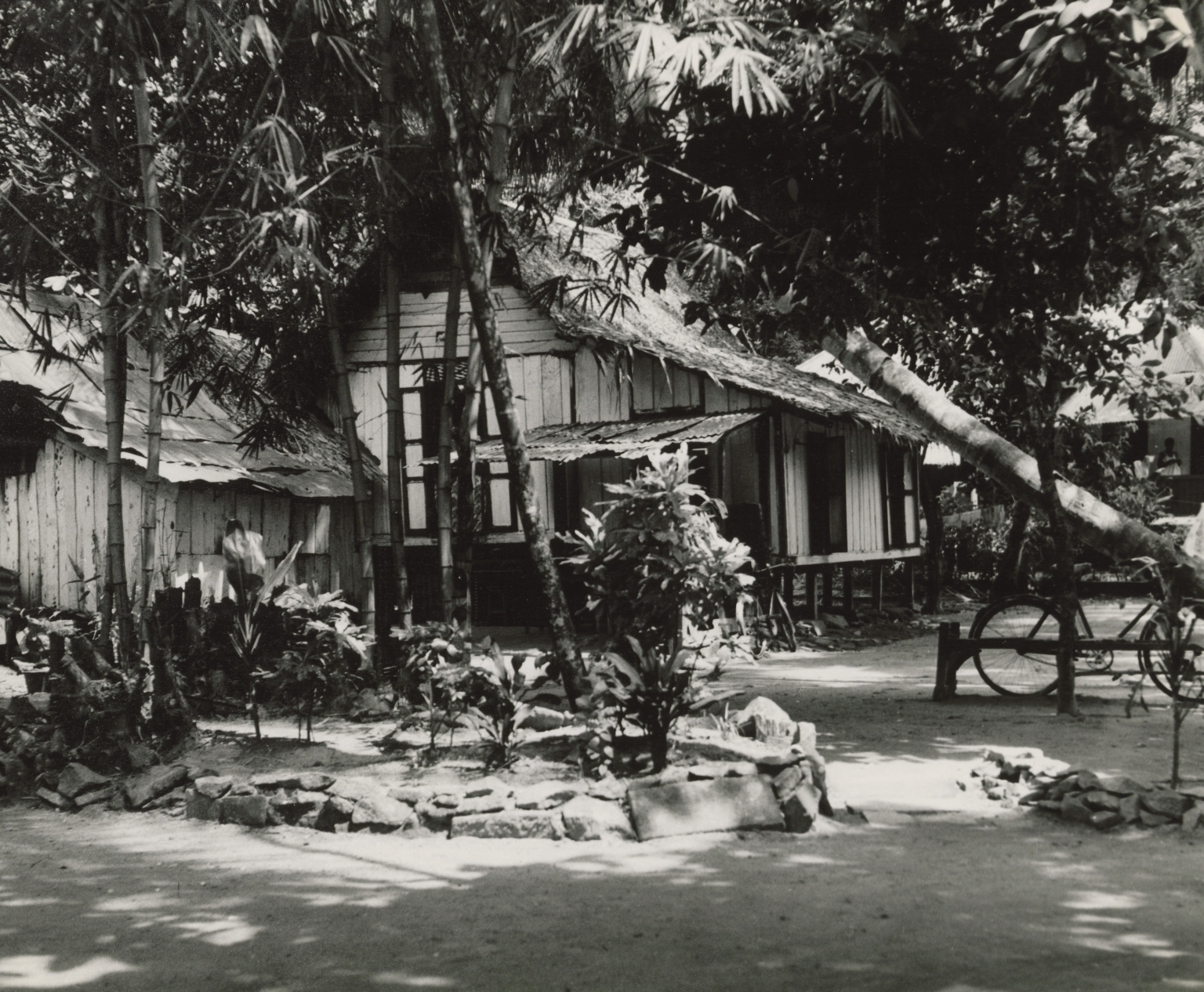The fumi-e or "pictures to be trampled" that survived are usually bronze or brass religious plaques that typically depict scenes related to the Virgin Mary or the Passion of Christ such as the Crucifixion and the Pietà. Christianity was banned in Japan between 1639 and 1873. When the Tokugawa government outlawed the religion, Japanese Christians was forced to conceal their faith in order to escape persecution. Hence the idea of a fumi-e ceremony was devised by the Japanese authorities to test the suspects. In a ceremony first conducted in Nagasaki in 1629, citizens of Nagasaki or suspected converts were required to walk upon the fumi-e to prove their abjuration from Christianity. The object tells an emotional and important event in the history of Christianity in Asia. It shows the complexity of cross-cultural interactions between Asia and Europe




